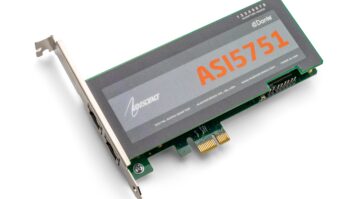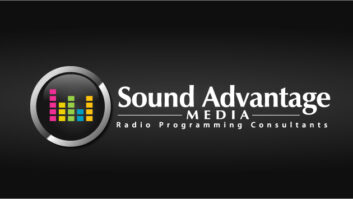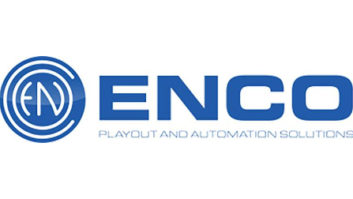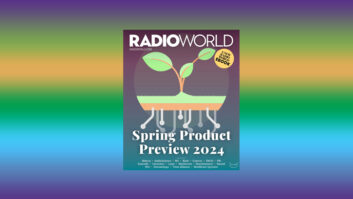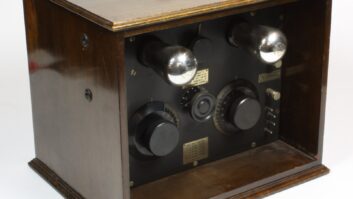
Mike Erickson is a systems and support engineer for Wheatstone Corp. This is one in a series of Q&As with industry professionals about their presentations at the upcoming NAB Show in Las Vegas.
Radio World: You’ll be presenting a paper called, “The Elusive Signature Sound,” (Sunday, April 17 3:30–4 p.m.). What is a “signature sound”?
Mike Erickson: It’s what I like to call “something to write home about.” It’s the sound that radio programmers and jocks and engineers reminisce about. CKLW, WNBC, Z-100, WFLZ, CBS-FM, K-EARTH 101 among others — at one time or another, all these stations had an on-air sound that made the listening experience memorable. In a time where there is a lot of sameness on the dial, finding that “signature sound” can give you a leg up over your competitor, who may just be plugging in a preset from another market to their processor.
RW: What are the benefits of a “Signature Sound”?
Erickson: Radio stations put in a lot of time and effort to stand out — talent, imaging, music, contests, etc. Yet I so often see them find out what their competitor’s processor is, then go out and buy the exact same unit and try to make it sound like their competitor. Why? When I worked for CBS in New York and did the processing for WFAN and later WCBS-FM, WWFS and WXRK, I had an idea of what I wanted each station to sound like and that idea was unique. At WFAN we were an early adopter of the original TransLanTech Ariane audio leveler in front of our Orban Optimod 9100. The sound was so different and remarkable that others on the AM band tried to copy us (soon Arianes were in front of processors on WINS, WCBS-AM and others). When I moved over to the FMs, I had the unique position of having a processor that was not common in the New York market on CBS-FM. Using the unique sonic features of this box with some preprocessing (and lots of input from talent), we created a signature sound on the station that stood out. You knew it was CBS-FM when you tuned in. Soon after this signature sound was created, the station returned to the top of the ratings.
RW: This sounds like something for the processor crowd. Isn’t it just a matter of finding the right preset?
Erickson: While it is geared for processing people, it’s an important session for those who really want to know WHY their stations sound the way they do. Finding the right preset is important and a good starting point, but there are lots of “gotchas” in source material that can make that magical preset sound wonderful on some material, and sound terrible on other stuff. A new processor is a great investment, but this session looks at the sound of your station as a product of EVERYTHING that passes audio from the playout system to the antenna.

RW: Will you have any guests?
Erickson: Much of what I reference in my session is from personal experience, from my time as a consultant to my time in New York at CBS and from the last seven years working with customers at Wheatstone. There’s really a lot to go through and 30 minutes will fly by pretty quick, so it’s just me with hopefully some good insight and ideas to get people thinking.
RW: It’s a big show and attendees are strapped for time. Why should they take time out of their busy schedules to spend time at your session?
Erickson: Even with all the advancement in processing, there’s still a lot of mystery about that magic box in the rack that shapes our audio. Processing is the fingerprint of the station, and even if you copy a preset from one station to another, the console, music, transmitter, STL … all these variables can change that fingerprint and make it sound quite different. We’ll look into the DNA of audio processing, discuss good practices in regards to how audio is ingested into automation systems, good microphone techniques, discuss all-digital processing paths versus composite and other ways you can make your processing work for you. The audio quality of the station is one of the first two things that immediately hit the listener when they tune in. Recognition of song or content should ALWAYS be the first thing they notice, then the sound quality should follow. If the first thing your listener notices is the sound quality before the content (too loud, too soft, too shrill etc.), you really need to be at this session.
Radio World invites you to register for a free NAB Show Exhibits-Only pass using our VIP code: LV9443.
To see more show Q&As visit our NAB Show 2016 Web page.






